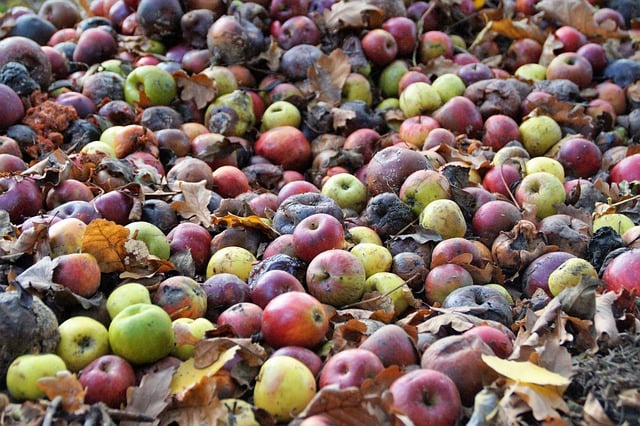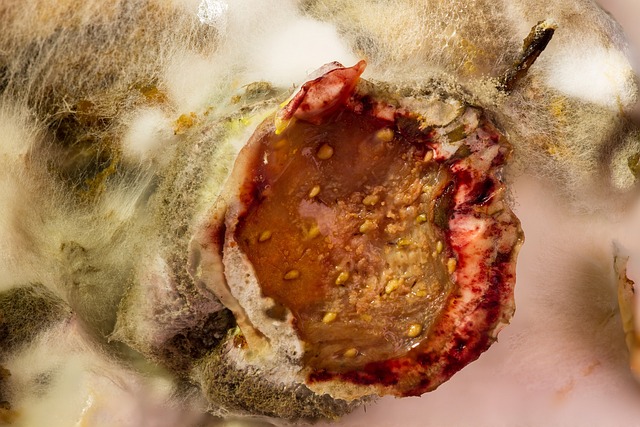Attic mold problems are common in humid San Antonio due to leaky roofs, poor ventilation, and high humidity. Left unchecked, it causes structural damage and health risks. Homeowners should address these issues through thorough inspections, strategic product applications (e.g., anti-mold paints, sealants), enhanced ventilation, regular monitoring with IAQ devices, proper crawlspace maintenance, and addressing root causes like leaks or poor insulation to maintain a healthier living environment.
In the humid San Antonio climate, attic mold problems are prevalent, making effective remediation crucial. This article guides homeowners through navigating complex crawlspace treatment plans for successful mold mitigation. We explore common causes and impacts of attic mold, offering insights into developing tailored strategies. Learn best practices for implementation and maintenance to ensure a healthy, mold-free home environment, addressing attic mold issues specific to San Antonio’s humid conditions.
- Understanding Attic Mold in Humid San Antonio Climates: Common Causes and Impacts
- Developing Effective Crawlspace Treatment Plans for Mold Remediation
- Best Practices for Implementing and Maintaining Crawlspace Mold Prevention Strategies
Understanding Attic Mold in Humid San Antonio Climates: Common Causes and Impacts

In humid San Antonio climates, attic mold problems are a common concern due to the city’s distinctively moist environment. This type of mold thrives in dark, damp spaces where air circulation is minimal—perfect conditions for attics during the region’s hot and wet summers. Common causes include leaky roofs, inadequate ventilation, or high humidity levels stemming from poor insulation or improper air conditioning systems.
When left unchecked, attic mold can lead to significant structural damage by weakening wooden beams and boards. Moreover, it poses health risks to residents, as exposure to attic mold spores may trigger allergic reactions, respiratory issues, and even exacerbate existing conditions like asthma. Understanding these causes is essential for homeowners in San Antonio to proactively address attic mold problems and ensure a healthier living environment.
Developing Effective Crawlspace Treatment Plans for Mold Remediation

In the humid San Antonio climate, attic mold problems are a common concern. Effective crawlspace treatment plans are crucial for addressing this issue and maintaining a healthy home environment. The first step involves thorough inspection to identify sources of moisture intrusion, which often originates from broken or blocked gutters, cracks in foundations, or poor ventilation. Once these root causes are addressed, specialized products like anti-mold paints, sealants, and desiccant materials can be strategically applied to create an impenetrable barrier against moisture and mold growth.
Crawlspace remediation should also incorporate enhanced ventilation systems to reduce humidity levels. This can include the installation of energy-efficient fans or dehumidifiers to remove excess moisture from the air. Regular monitoring with indoor air quality (IAQ) devices helps ensure that treatment efforts are effective, allowing for continuous adjustments as needed. By integrating these measures, homeowners in San Antonio can develop robust crawlspace treatment plans that not only mitigate existing mold problems but also prevent future recurrences, ensuring a healthier and more comfortable living space.
Best Practices for Implementing and Maintaining Crawlspace Mold Prevention Strategies

Implementing and maintaining crawlspace mold prevention strategies is paramount, especially in humid regions like San Antonio where attic mold problems are prevalent. Best practices include ensuring proper ventilation to reduce moisture levels, sealing any entry points to prevent water intrusion, and regular inspection to detect early signs of mold growth. Using dehumidifiers and air purifiers can significantly lower humidity and improve indoor air quality.
Regular cleaning and maintenance routines are essential. This includes scrubbing and rinsing crawlspace surfaces to remove any mold or mildew buildup. Applying anti-mold coatings or sealants further reinforces protection. It’s also crucial to address any underlying issues, such as leaks or poor insulation, that could contribute to high moisture levels. Proactive measures like these create an impenetrable barrier against attic mold problems in San Antonio’s humid climate.
In addressing attic mold issues prevalent in the humid San Antonio climate, understanding the root causes and implementing tailored crawlspace treatment plans are crucial steps. By integrating effective strategies, such as improved ventilation, moisture control, and regular inspections, homeowners can prevent and mitigate mold growth. Adhering to best practices ensures a healthier living environment, safeguarding both property and occupant well-being in this challenging climatic condition.
